
Motherboards tie everything in your computer together. Wonder what all those parts are on your motherboard? See a labeled picture on the next page.
Advertisement
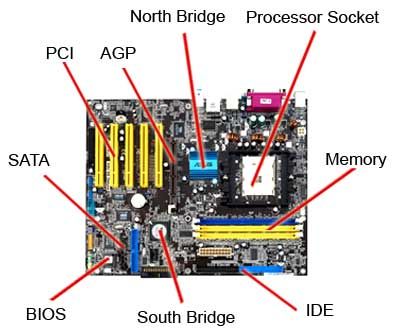
A typical motherboard contains areas for computer memory, CPU, AGP, PCI and more. See a close up of motherboard slots on the next page.
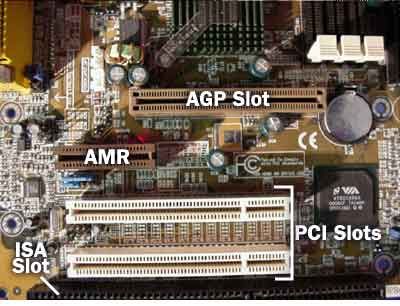
Computer hardware, such as memory, PCI and AGP connect to the motherboard through slots. Have you ever seen a motherboard bridge? See the next page.
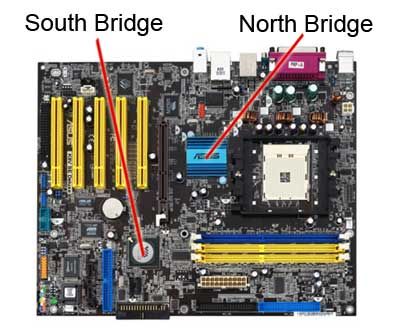
The chipset is the "glue" that connects the microprocessor to the rest of the motherboard and therefore to the rest of the computer. On a PC, it consists of two basic parts -- the north bridge and the south bridge. Take a look at computer memory next.
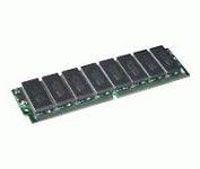
Computer memory has a big effect on system performance. Pictured above is SIMM memory, or single in-line memory module, which is a type of RAM memory module. See DIMM memory on the next page.
Advertisement
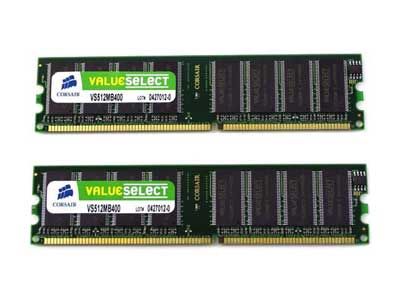
DIMM, or dual in-line memory module, has a 64-bit path to memory chips, whereas the SIMM has only a 32-bit. The next type of memory is often found in notebooks, printers and networking equipment.
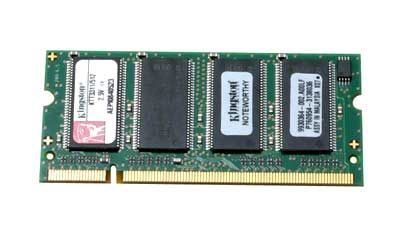
SODIMM, or small outline dual in-line memory module, is made with integrated circuits and is about half the size of DIMM modules. See where RAM is located inside a desktop computer next.
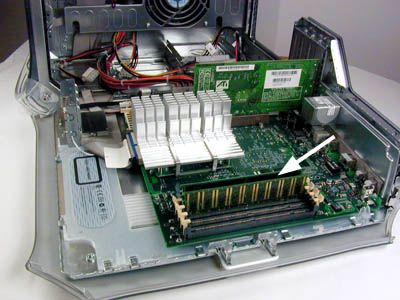
A RAM upgrade can greatly extend your computer's lifespan. The next picture is of a type of memory that your computer uses on start-up.
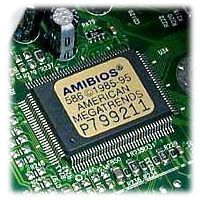
The basic input-output system BIOS is the first thing you see when you turn on your computer. BIOS gives important instructions to the computer hardware on the next page.
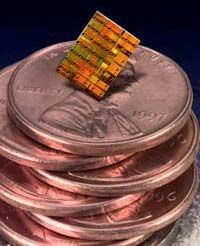
A microprocessor -- also known as a CPU or central processing unit -- is a complete computation engine that is fabricated on a single chip. See a high-performance processor on the next page that was originally used in supercomputers.
Advertisement
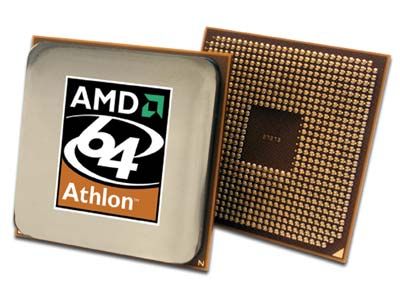
64-bit processors have entered the mainstream, such as this eight-generation Athlon processor. However, you need the hard drive on the next page to store all the information processed by your computer.
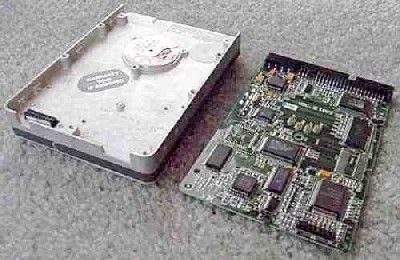
A hard disk is a sealed aluminum box, which has been opened in this photo. The controller electronics are attached to one side, controlling the read/write mechanism and the motor that spins the platters. See a close up of the disk and platters next.
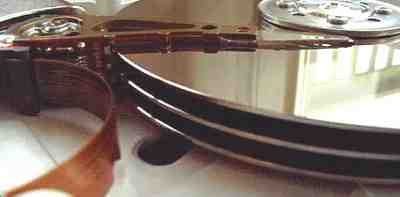
This hard drive has three platters, also called hard disks, and six read/write heads. See how the hard disk is read on the next page.
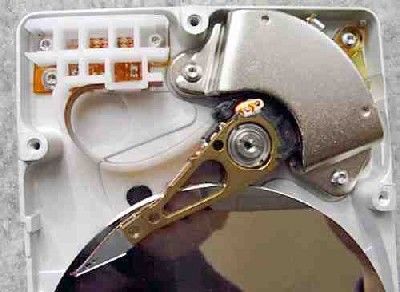
The arm on a hard disk holds the read/write heads and has to be incredibly fast and precise. There is one arm per read/write head, and all of them are lined up to form one unit. See what connects your hard drive to your PC in the next picture.

The Integrated Drive Electronics interface is the most popular way to connect a hard drive to a PC. See the drive that connects your peripherals next.
Advertisement
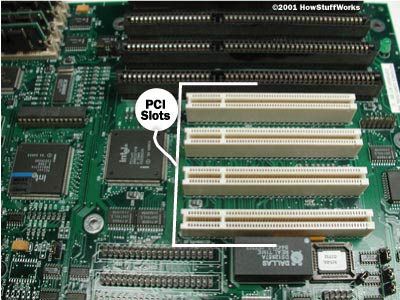
The Peripheral Component Interconnect (PCI) bus provides direct access to system memory for connected devices. PCI slots can be used for network, graphics and sound cards. See a PCI card on the next page.

PCI cards use 47 pins to attach to a PCI slot. Pins are thin metal feet that allow computer chips to be attached to a circuit board. The next piece of hardware replaced the PCI as the standard way to connect a graphic card.
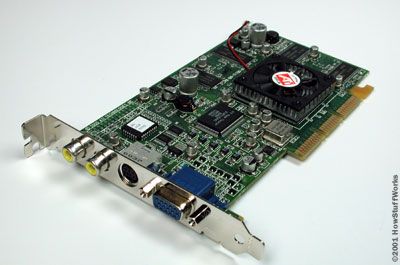
An AGP, or accelerated graphics port, allows the operating system to designate RAM for use by the graphics card (like the one above) on the fly. Take a closer look at a graphics card on the next page.
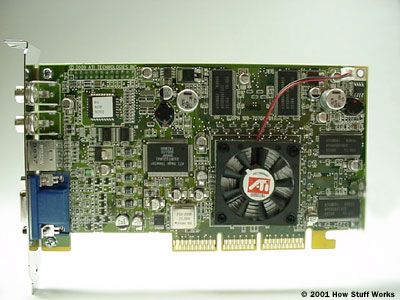
Like a motherboard, a graphics card is a printed circuit board that houses a processor and RAM. If you are into computer games, you probably want this next piece of hardware.
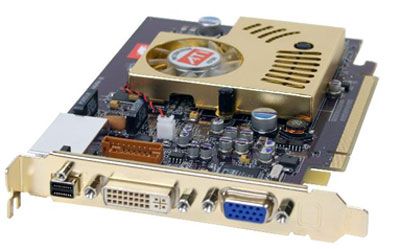
PCI Express or PCIe eliminates the need for the AGP by accepting more data and supplying more power to video cards. However, the item in the next picture has been replacing PCIe as the new standard.
Advertisement
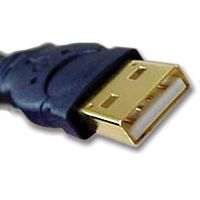
Just about any computer that you buy today comes with Universal Serial Bus connectors let you attach everything from mice to printers. See How PCs Work to learn more.
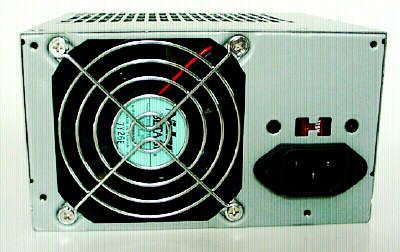
This PC power supply has been removed from its PC case. The small, red switch at right, above the power-cord connector, is for changing line voltages in various countries. See the interior of the power supply next.
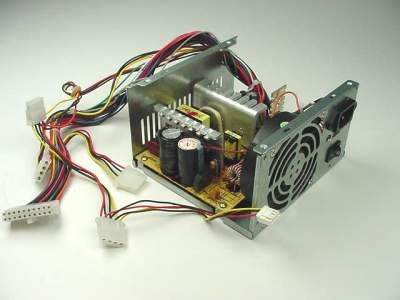
PC power supplies use switcher technology to convert the AC input to lower DC voltages. The 3.3- and 5-volts are typically used by digital circuits, while the 12-volt is used to run motors in disk drives and fans. See power supply transformers next.
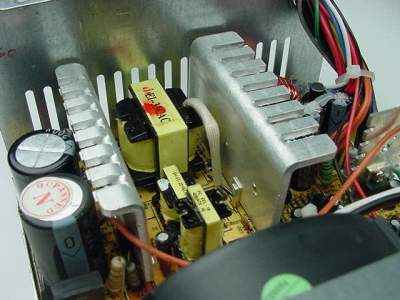
In this photo you can see three small transformers (yellow) in the center. To the left are two cylindrical capacitors. The large finned pieces of aluminum are heat sinks. Take a closer look at a heat sink next.
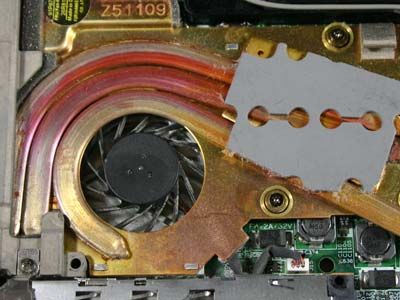
Here you can see a heat sink and fan in a laptop, similar to the hardware in a desktop. View How PCs Work to learn more.
Advertisement